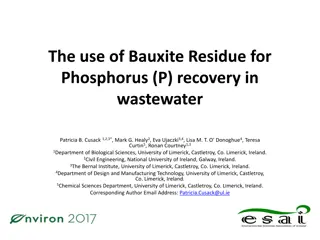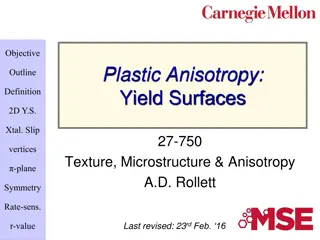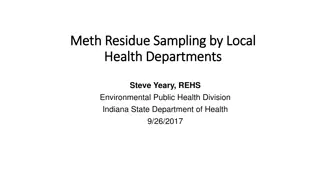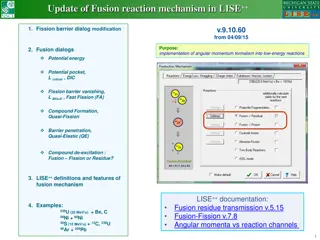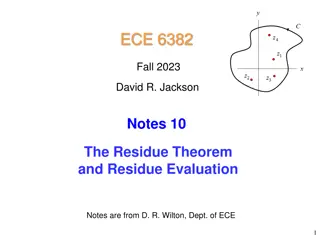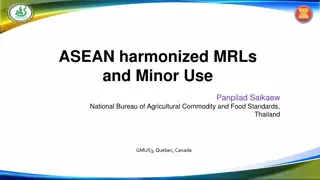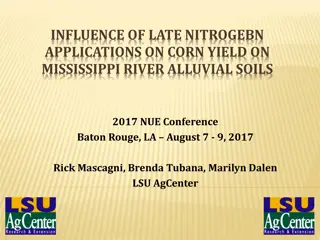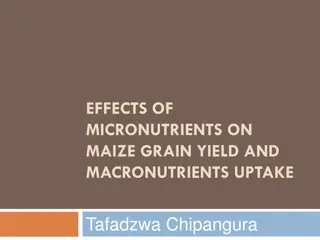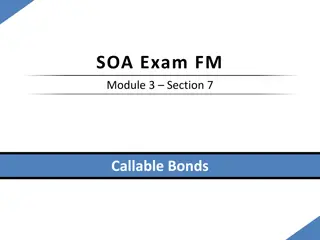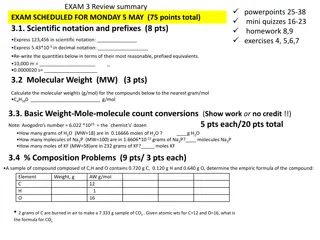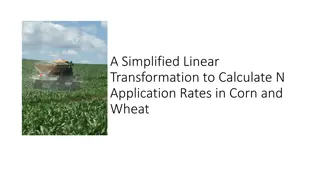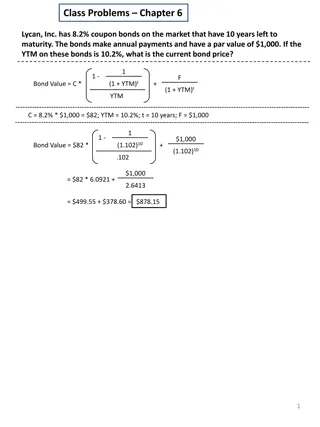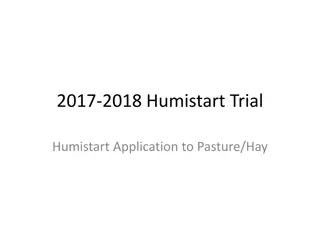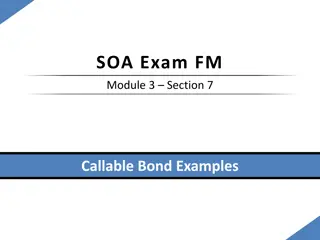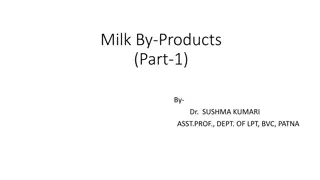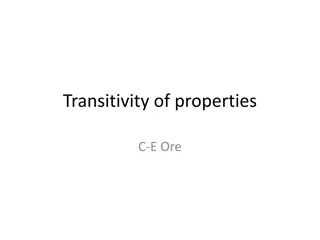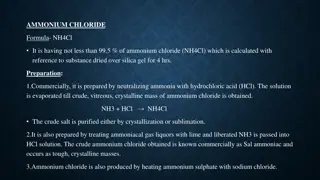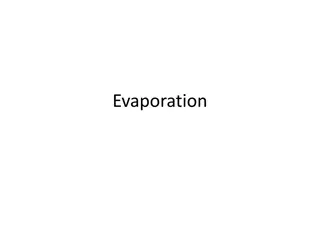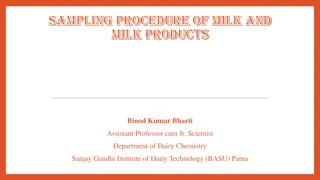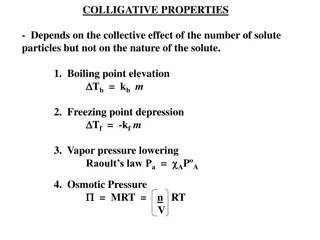Understanding Ghee Residue: Properties, Yield, and Applications
Titled "Understanding Ghee Residue: Properties, Yield, and Applications", the content delves into the by-product of ghee manufacturing known as ghee residue. Highlighting its physico-chemical and functional properties, lipid content, milk sugars, flavoring profiles, antioxidant properties, and fat recovery methods. It discusses the sources of ghee residue and provides insights into its utilization in the food industry.
Download Presentation

Please find below an Image/Link to download the presentation.
The content on the website is provided AS IS for your information and personal use only. It may not be sold, licensed, or shared on other websites without obtaining consent from the author. Download presentation by click this link. If you encounter any issues during the download, it is possible that the publisher has removed the file from their server.
E N D
Presentation Transcript
GHEE RESIDUE Department Department- - Dairy Technology Dairy Technology Semester Semester- -5 5th Course Course- -By Product Technology By Product Technology Teacher Teacher- - Bipin Bipin Kumar Singh Kumar Singh th
Introduction Ghee-residue is the by-product of ghee manufacturing industry. Containing: fat Denatured protein Burnt lactose Minerals
Physico-chemical and Functional Properties of Ghee-Residue Depending on the intensity of the heat treatment used during the ghee manufacture, colour of ghee-residue (GR) may vary from light to dark brown. It has smooth to granular texture with glossy exterior due to the presence of excessive free fat. The average particle diameter of ghee-residue is about 105 microns and average density is 1.14 g/cm3
Yield of Ghee Residue(Yield kg/100kg starting material) Source of ghee residue Yield Desi Butter 1.6 Creamery Butter 1.2 Sour cream 5.1 Washed cream 3.5 Sweat cream unwashed-Buffalo: Cow: 7.7 12.0
Lipids in ghee-residue Particulars Ghee residue Ghee RM value 24.5 30.1 P-value 1.3 1.3 Iodine value 43.4 33.9 PUFA 4.4% 2.8% Phospholipids 1-9%
Milk sugars in ghee-residue Lactose-76.6% Galactose-14.1% Glucose-5.3%
Flavouring properties FFA Carbonyls Lactones Flavour Compound Ghee residue Ghee FFA( g/g) 627.5 53.6 Carbonyls( g/g) 43.4 4.3 Lactones( g/g) 3992.9 30.3
Antioxidant properties Lecithin Cephalin Sphingomyline Cerebriside Out of four only Cephalin fraction act as antioxidant property. Non lipid constituents as amino acid, free sugar, free sulphydryl compound are also responsible for antioxidant properties.
Fat recovery from of Ghee-Residue Recovery of Ghee- Pressure technique Centrifugation process Chilled water treatment
Applications of Ghee-Residue Preparation of confections Preparation of candy Preparation of chocolate Preparation of edible pastes Preparation of burfi-type sweet Preparation of bakery products Broiler/animal feeds
Nutritive value of ghee-residue PER-0.75 Digestibility Coefficient-62.65 Biological value-65.07% Net Protein Utilisation-40.77%



